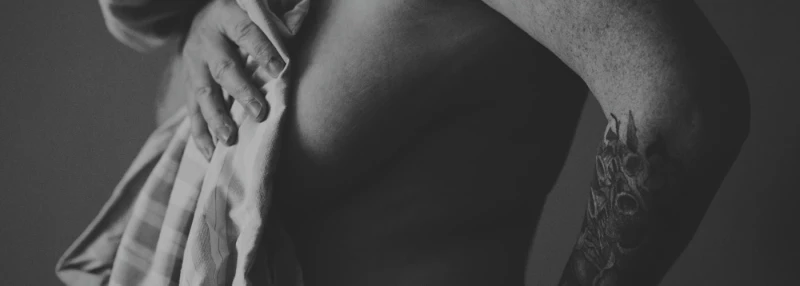Congratulations on committing to ride the Tour de Pink! Now comes the hard work of training and preparation - this includes getting to know your bike, which is a good thing to do “cause you're gonna be spending A LOT of time together!”
In general, I like to break the bike down into four main categories:
"Frame, Tires, Brakes and Gears".
FRAME:
There are multiples types of bike frames out there, each designed specifically for the conditions in which it will be ridden. Most riders on Tour de Pink will be using a road bike frame, as these are designed to be light and more comfortable over longer distances. These frames are usually made from either aluminum, carbon or a combination of the two. Aluminum is cheaper than carbon, but is more than adequate for an event like TdP. If you find after a few years, you are really riding a lot and ready to take the next jump, upgrading to a carbon framed bike should be considered an investment you will not regret.
TIRES:
These days, the standard tire size for a road bike is a 700c x 25mm with 700 being the tire diameter & 25 the tire width. This information is conveniently written on the side of the tire wall.
When you purchase your bike, the tire the manufacturer includes will be very smooth. My suggestion is if you live in the Northeast, spend a little money to upgrade to tires with a little more grip. The roads in NJ and PA are rough (pun intended) and having a tire with a little more grip will provide better traction & handling, as well as provide a bit more protection from punctures or flats. There really is no difference when it comes to the tubes that go inside the tires. Just make sure you get ones that fit a 700c wheel.
Also, conveniently written on the side of the tire, is the Max PSI (or pressure per square inch) that you should inflate the tube within the tire to. Most will say 120PSI. This does not mean you should inflate to 120PSI. The more air in the tubes, the less contact the tire will have with the road (ah physics, you finally are coming in handy). So if you weigh less & inflate to 120psi, you will be bopping all over the place, which means friction on our bums. And friction on our bums over multiple days is BAD, real BAD. The average women should inflate to 100PSI.
BRAKES:
Road bikes come with two different types of brakes - disc (like cars) or mechanical. Mechanical brakes work by "pinchers" gripping the frame of the wheel to slow it down. They are lighter and less expensive than disc brakes, but require a bit more hand power to engage, especially on long descents. Disc brakes work by a router gripping the disc, which slows / stops the wheel. They are a little heavier than mechanical brakes, but are much more responsive with less effort. They are also better in wet weather. The most important thing is to have your brakes checked & serviced by your mechanic, especially if you feel like something is off.
GEARS:
The gears (or drivetrain if we're talking the entire kit & kaboodle) are what help you get up those steep hills! It includes the big and small ring in the front and the cassette (or cogs) in the rear wheel. You move the chain from one one ring or cog by pressing the shifter on the handlebar, which either releases or increases tension on the shifter cable. This in turn either moves the chain up or down. The shifter cable can stress (or break) over time. If you find the bike doesn't shift as well (skips gears, grinds, won't shift), bring it in the see your mechanic. These are generally easy things to fix and will make your ride much smoother. Remember shift BEFORE you need to!
Enjoy your Tour de Pink! - Jennifer Burke, Tour de Pink East Coast Ride Marshal



